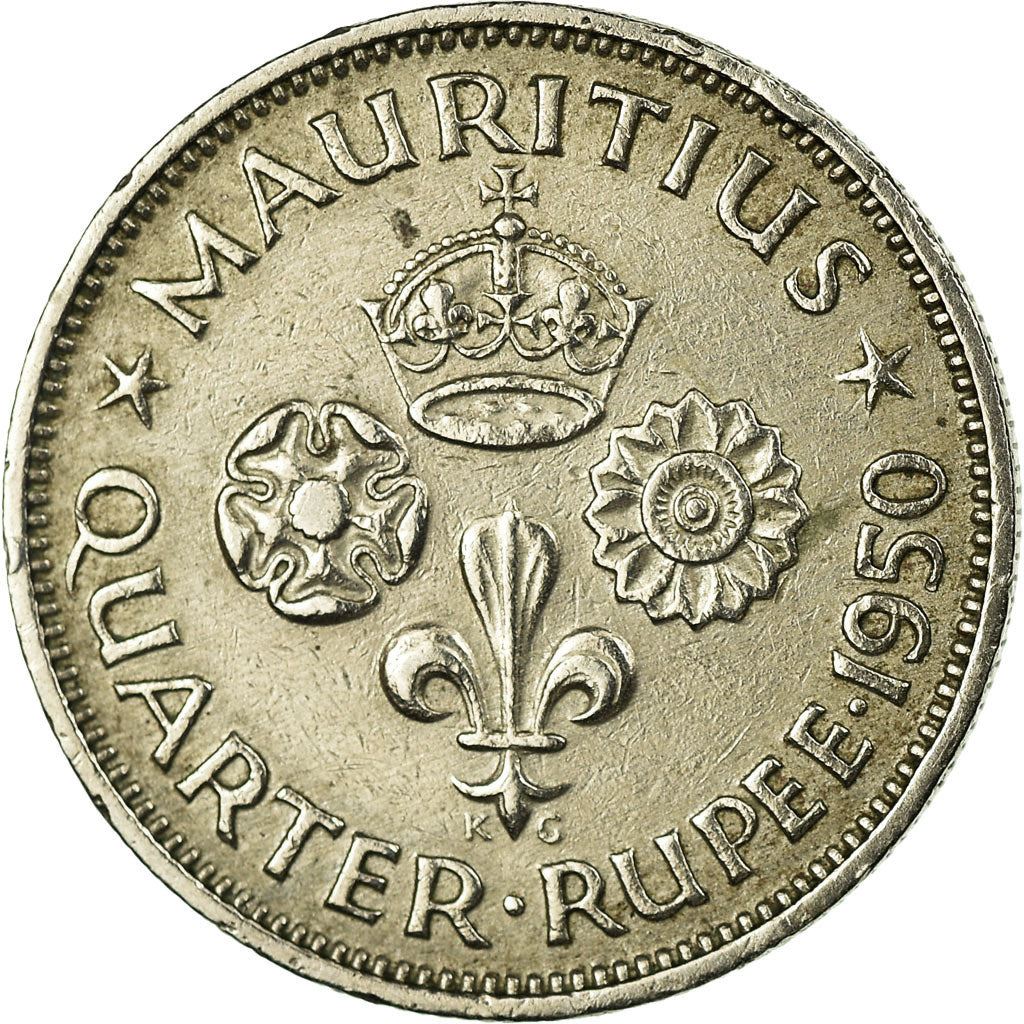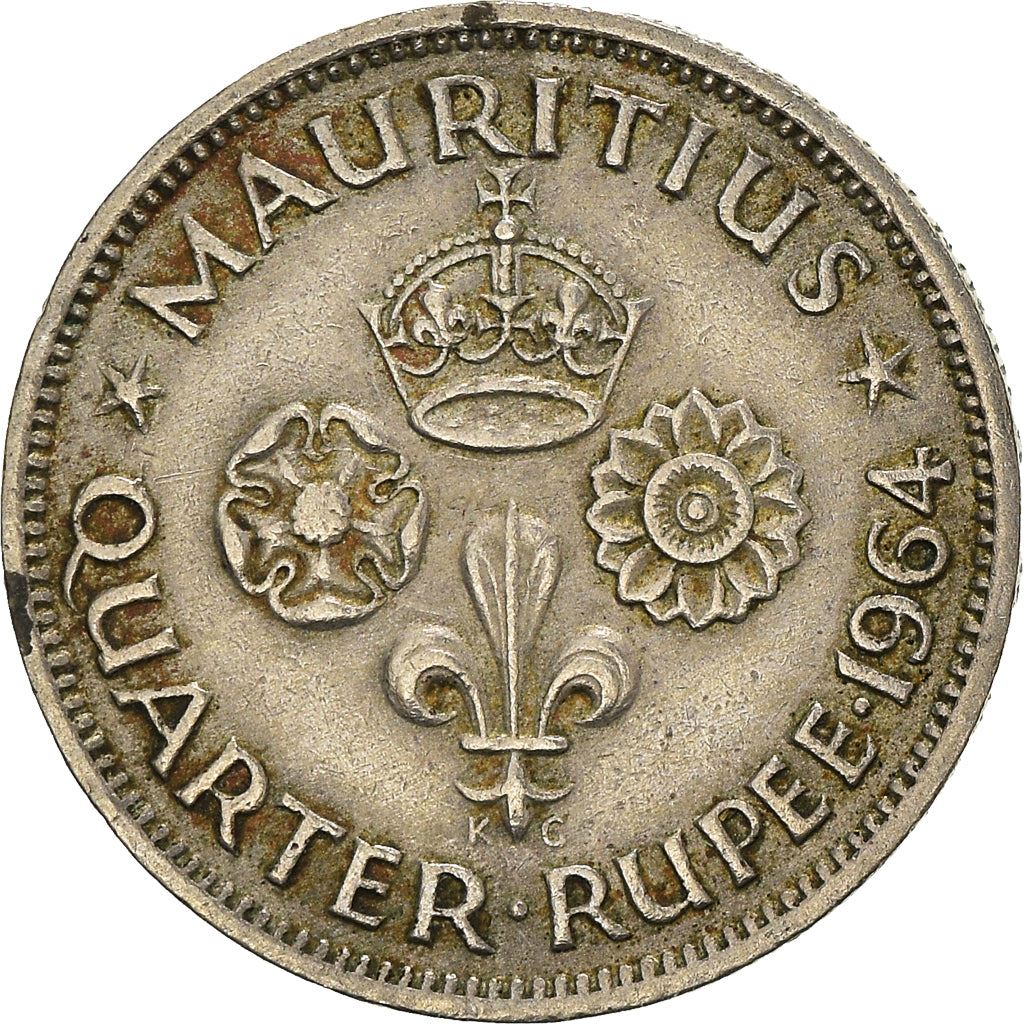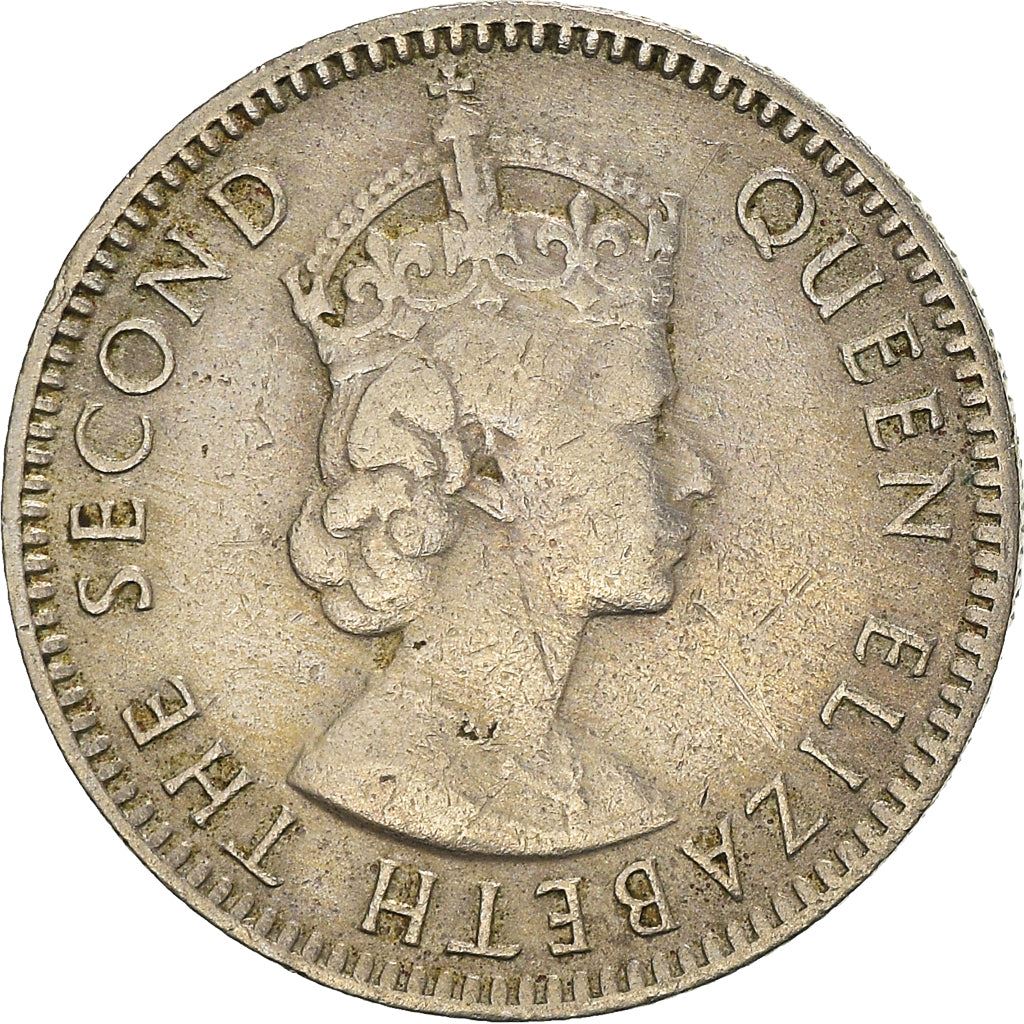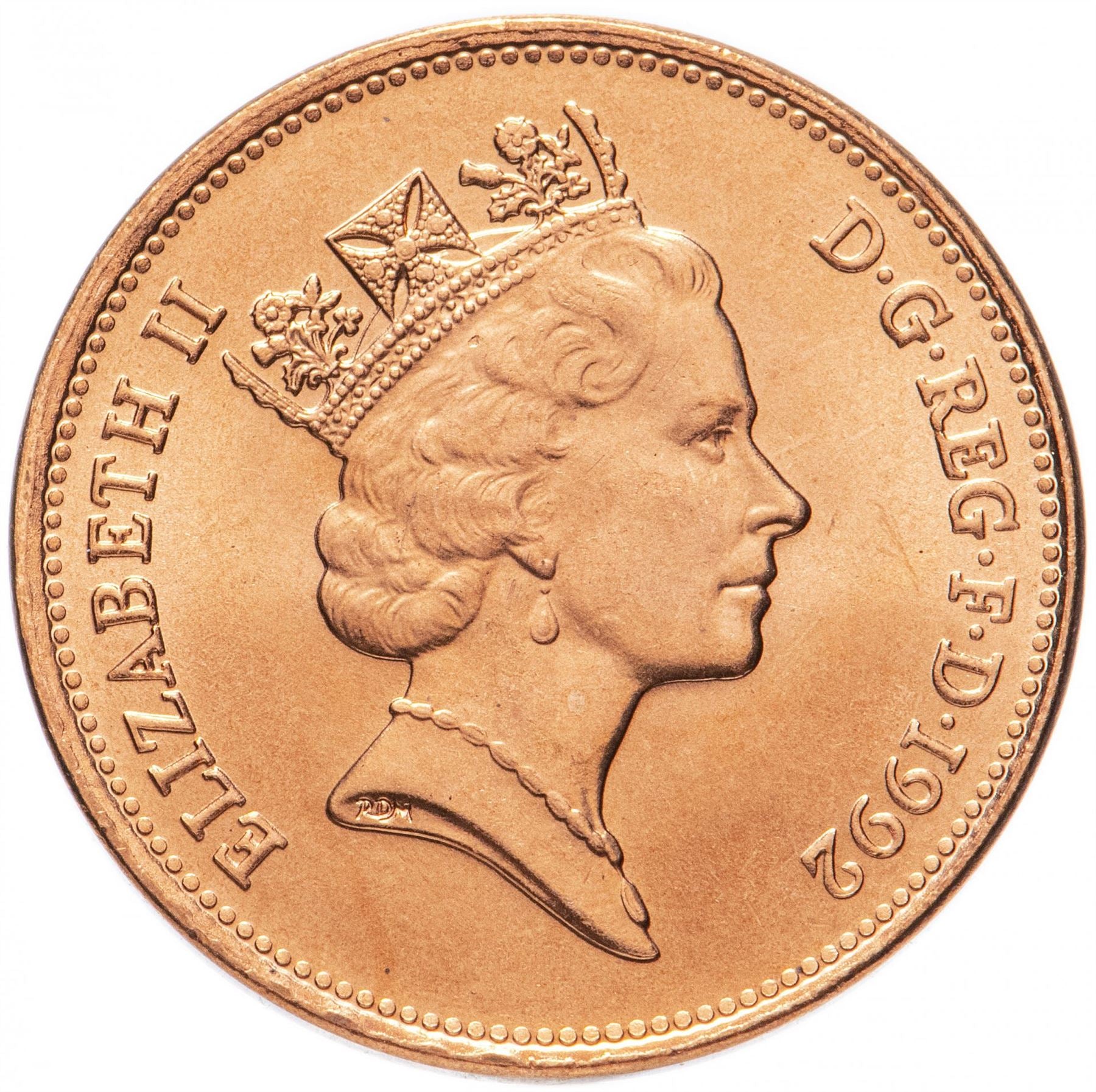Main menu
-
-
-
- Algeria (36)
- Botswana (31)
- Egypt (140)
- Ethiopia (17)
- Ghana (34)
- Kenya (52)
- Libya (7)
- Mauritius (23)
- Malawi (27)
- Morocco (39)
- Namibia (8)
- Nigeria (23)
- Tanzania (17)
- Tunisia (29)
- Sierra Leone (8)
- Seychelles (41)
- South Africa (247)
- Swaziland/Eswatini (22)
- Uganda (34)
- Zambia (24)
- Zimbabwe (15)
- Western African States (8)
-
- Afghanistan (20)
- Armenia (9)
- Azerbaijan (7)
- Bahrain (29)
- British Ceylon (0)
- China (26)
- Cyprus (44)
- Georgia (11)
- Hong Kong (62)
- Iran (26)
- Iraq (12)
- Israel (59)
- India (283)
- Indonesia (47)
- Japan (24)
- Kazakhstan (35)
- Kuwait (20)
- Lebanon (32)
- Macau (6)
- Malaysia (31)
- Maldives (20)
- Malaya and British Borneo (1)
- Nepal (85)
- North Korea (16)
- Oman (142)
- Pakistan (60)
- Philippines (89)
- Saudi Arabia (38)
- Singapore (35)
- South Korea (19)
- Sri Lanka (80)
- Syria (2)
- Taiwan (25)
- Thailand (117)
- United Arab Emirates (29)
- Vietnam (11)
- Qatar (23)
-
- Albania (28)
- Austria (49)
- Belarus (4)
- Belgium (99)
- Bulgaria (84)
- Bosnia and Herzegovina (2)
- Croatia (26)
- Czech Republic (10)
- Czechoslovakia (65)
- Estonia (13)
- Denmark (104)
- France (156)
- Finland (59)
- Germany (283)
- West Germany (13)
- East Germany (23)
- German Reich (32)
- Nazi Germany (17)
- Greece (89)
- Guernsey (45)
- Hungary (87)
- Iceland (48)
- Ireland (29)
- Italy (86)
- Jersey (56)
- Kingdom of Prussia (1)
- Poland (155)
- Latvia (23)
- Lithuania (21)
- Luxembourg (32)
- Malta (26)
- Moldova (4)
- Netherlands (74)
- North Macedonia (10)
- Norway (65)
- Portugal (52)
- Russian Federation (9)
- Russian Empire (4)
- Romania (88)
- Serbia (17)
- Sweden (97)
- Spain (141)
- Slovenia (15)
- Slovakia (9)
- Soviet Union (70)
- Switzerland (40)
- Turkey (105)
- United Kingdom (295)
- Ukraine (29)
- Yugoslavia (92)
-
- Aruba (10)
- Bahamas (18)
- Barbados (20)
- Belize (16)
- Bermuda (25)
- Cayman Islands (20)
- Canada (140)
- Cuba (59)
- Costa Rica (67)
- Dominican Republic (31)
- Eastern Caribbean States (28)
- Guatemala (3)
- Honduras (10)
- Jamaica (35)
- Mexico (80)
- Netherland Antilles (22)
- Nicaragua (50)
- Panama (60)
- Trinidad & Tobago (20)
- United States (214)
-
- Banknotes (145)
- Currency supplies (18)
- Berlin wall (1)
- Postage stamps (21)
Fleur-de-lis
10 products
Showing 1 - 10 of 10 products
The Fleur-de-lis is a stylized lily that symbolizes purity and royalty. Widely used in French heraldry, the fleur-de-lis represents elegance, light, and sovereignty. Its depiction on coins is both historically significant and artistically appealing.
Historical Significance
-
Origins and Heraldry:
- The fleur-de-lis has roots in medieval Europe, where it became a prominent symbol in heraldry. It is particularly associated with French royalty and has been used as a symbol of the French monarchy since the 12th century.
- The name "fleur-de-lis" literally translates to "flower of the lily" in French, and it is often depicted as a lily flower with three petals bound together near their base.
-
Symbolism:
- Purity and Light: The fleur-de-lis is traditionally associated with the Virgin Mary, symbolizing purity and light.
- Royalty and Sovereignty: The symbol became a mark of French royalty and nobility, representing the divine right of kings and the elegance of the monarchy. It was believed to bestow protection and divine favor on the ruling family.
Representation on Coins
-
French Coins:
- The fleur-de-lis has been prominently featured on French coins throughout history, signifying the authority and divine right of the French kings. It appears on various denominations, including medieval coins like the French franc and the gold écu.
- Notably, coins from the reign of King Louis IX (Saint Louis) often featured the fleur-de-lis, underscoring the close association between the symbol and the French crown.
-
European Coins:
- Besides France, other European countries with historical ties to the French monarchy or its influence have also used the fleur-de-lis on their coinage. For instance, it appears on some English coins, especially during periods when English rulers claimed the French throne.
-
Modern Usage:
- In contemporary times, the fleur-de-lis continues to be used on commemorative coins and medals, celebrating historical events, royal anniversaries, and cultural heritage. It remains a symbol of elegance and tradition.
Design Elements
-
Artistic Representation:
- The fleur-de-lis is depicted as a symmetrical design with three petals: the central petal is erect, while the two side petals curve outward. The base is often adorned with banding or additional decorative elements.
- The simplicity and symmetry of the design make it a versatile and aesthetically pleasing symbol for coinage.
-
Complementary Symbols:
- Coins featuring the fleur-de-lis may also include other heraldic and royal symbols, such as crowns, shields, and mottoes. These elements enhance the regal and elegant theme of the coin.
Examples of Fleur-de-lis on Coins
-
Medieval French Coins:
- Coins from the medieval French monarchy, such as the gold écu and the silver denier, often featured the fleur-de-lis prominently. These coins were circulated widely and reinforced the symbol's association with French royalty.
-
Commemorative Coins:
- Modern commemorative coins may use the fleur-de-lis to celebrate historical events, such as the anniversary of a royal house or significant cultural milestones. These coins are often minted in precious metals and feature intricate designs.
Conclusion
The fleur-de-lis is a timeless symbol of purity, royalty, and elegance. Its depiction on coins highlights the historical significance and cultural heritage associated with this emblem. Whether on medieval French currency or modern commemorative issues, the fleur-de-lis continues to symbolize the enduring legacy of royalty and nobility.




















